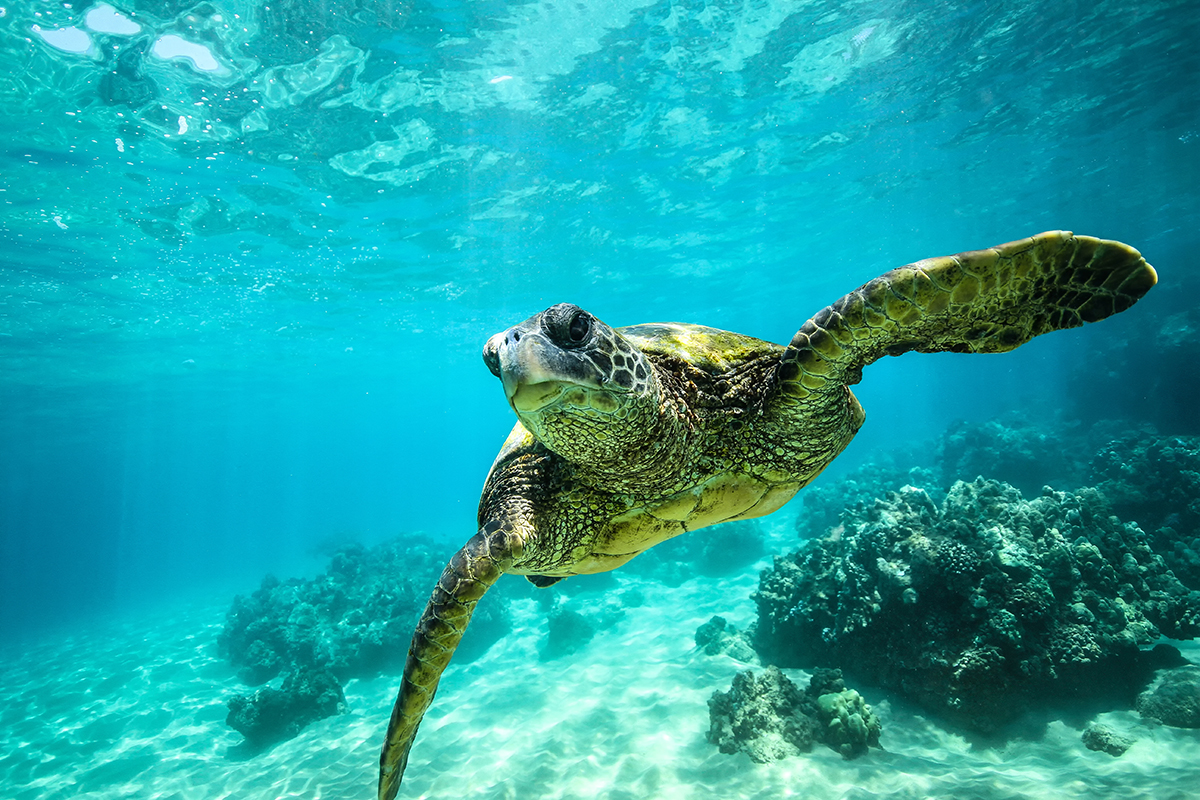Examining data on nearly 50,000 species, a NZ/Australia research team has found that marine species are fleeing north and south from the Equator to escape globally warming waters. Tropical waters have typically held the richest species populations, with numbers tapering off as you head toward the poles.
Their study was published this month by the US National Academy of Sciences. The researchers summarised their findings in this Sciblogs article, noting:
“Today, species richness is greatest in the northern hemisphere in latitudes around 30°N (off southern China and Mexico) and in the south around 20°S (off northern Australia and southern Brazil).”
A quick check of a globe puts Fiji at 17.7°S and Tonga at 21.2°S, with Mackay (about halfway between Cairns and Brisbane) at 21.1°S.
This migration has a ways to go before entering our offshore waters — the Cape Reinga Lighthouse sits at 34.5°S.
We don’t mean to be flip about this. The implications are serious. The researchers say:
“In subtropical ecosystems, species richness is increasing. This means there’ll be species invaders, novel predator-prey interactions, and new competitive relationships. For example, tropical fish moving into Sydney Harbour compete with temperate species for food and habitat.
“This could result in ecosystem collapse — as was seen at the boundary between the Permian and Triassic periods — in which species go extinct and ecosystem services (such as food supplies) are permanently altered.
“The changes we describe will also have profound implications for human livelihoods. For example, many tropical island nations depend on the revenue from tuna fishing fleets through the selling of licenses in their territorial waters. Highly mobile tuna species are likely to move rapidly toward the subtropics, potentially beyond sovereign waters of island nations.
“Similarly, many reef species important for artisanal fishers — and highly mobile megafauna such as whale sharks, manta rays and sea turtles that support tourism — are also likely to move toward the subtropics.”

